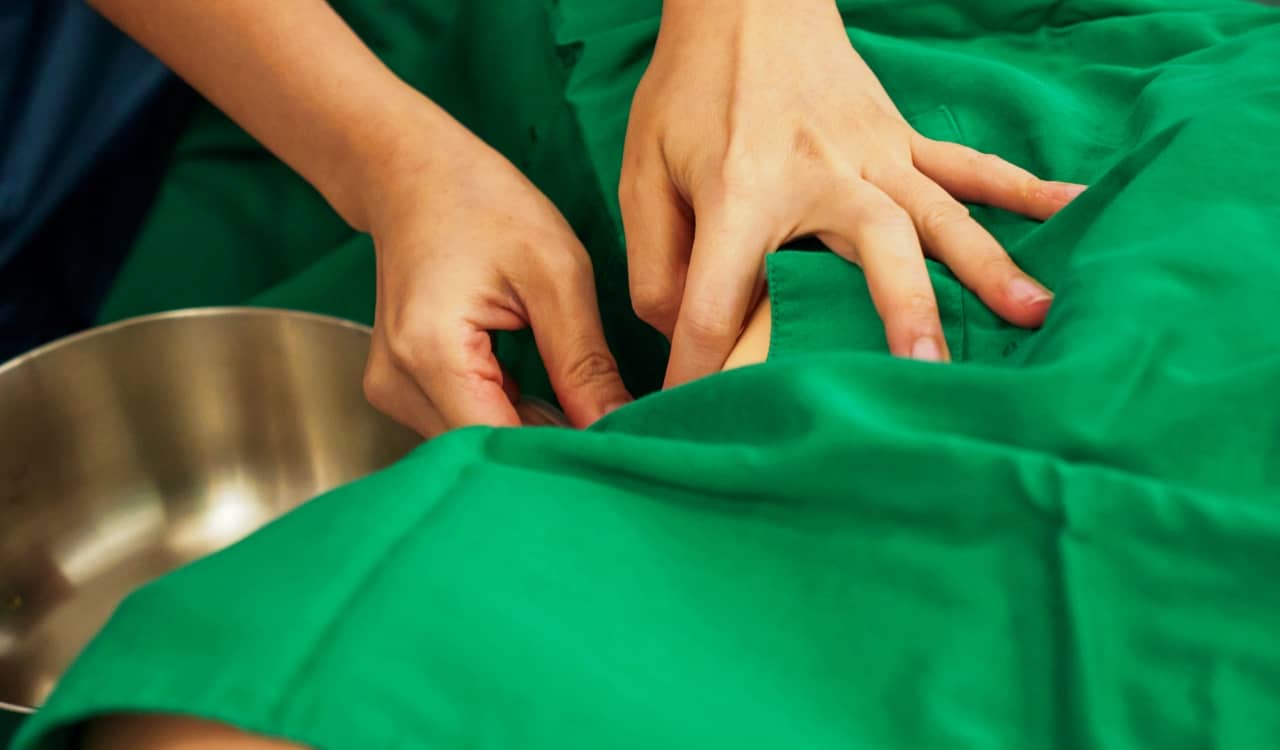Medical science has been advancing heavily over just the last 5 to 10 years, yet the advancements we’ve made in the last few decades are tremendous. The discoveries we’ve come across, medications and vaccines we’ve made, and new treatments implemented are incredible. Now, picture a world without a lot of these things. That was the case several decades ago to hundreds of years ago. Old medical treatments we know of today might seem insane to most people today.
Back then, we could not blame others for assuming something made sense. We knew very little about the drugs we were consuming and trusted doctors to come up with useful medical treatments. While many of those old medical treatments might be based on a lack of knowledge, others revolved around religion. Many more revolved around what one assumed based on treatments used on animals, and much more. Since so many of these old medical treatments were pretty weird, we wanted to highlight a few of them. Let’s get started!

Lithotomy
- Time Period: 2000 B.C. to 1800s A.D.
Lithotomies are not really common today and it is likely you’ll never see them performed in a developed nation on anyone. Yet in the B.C. period, this was a relatively common practice. Surgeons from ancient Egypt, Persia, Rome, India, and Greece were known to have performed them. Some even wrote about the surgery, which is obviously why we know about it today. This surgery was performed to remove bladder stones. Yet they did not go about this in an understandable fashion. They went in through the perineum, which is the space between one’s private parts and anus.
The patient laid on their back, feet apart, and the doctor used a blade to pass through the territory we referenced and into the bladder. This would likely be easier with a man but for women, it could result in a lot more problems. The surgeon then inserted their fingers or surgical instruments into the rectum or urethra to assist in pushing the stone(s) out. To the shock of no one, roughly 50% of the time, this led to the person dying. The procedure was done up to the end of the 19th century until we began using far better methods.
